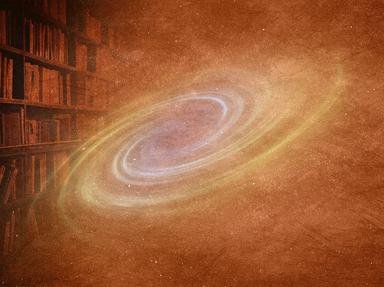Quiz Answer Key and Fun Facts
1. The unit of electrical charge was named after an 18th century French scientist who began his professional life as an engineer, but ended up devoting most of his time to studies in physics.
2. This is the SI unit for current, and was named after a French mathematician who also made important contributions to chemistry.
3. Which unit of energy was named in honour of an English scientist of the 19th century?
4. This unit measures ionising radiation activity and is named after a French scientist who shared a Nobel Prize with Marie Curie.
5. The unit of electrical potential was named after an Italian scientist who invented the electric battery in 1800.
6. What is name of the SI unit for magnetic flux density named after a Croatian-born American physicist?
7. The SI unit of force is named after which 17th-18th century English mathematician famous for his universal theory of gravitation?
8. A 19th century English scientist, whose experimental research enabled mathematical theories of electricity and magnetism to be formed, gives his name to the unit of capacitance known as the _______.
9. The unit for frequency is named after this German physicist who died at the age of just 36.
10. The unit of power bears the name of this Scottish scientist and inventor.
Source: Author
NatalieW
This quiz was reviewed by FunTrivia editor
crisw before going online.
Any errors found in FunTrivia content are routinely corrected through our feedback system.

